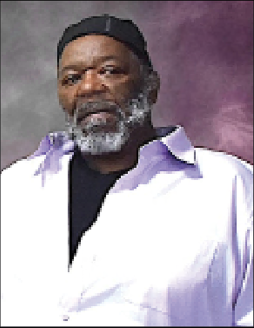Mississippi Power prepared for next major storm
Published 7:00 am Tuesday, May 23, 2017

- Ronnie Page, customer care center manager at Mississippi Power, explains how customer service representatives are available 24/7 for all residential customers, even during major storms at the company’s operations center in Gulfport. Photo by Julia Arenstam
Hurricane Katrina changed everything for many living along the Gulf Coast. The effects of the storm caused chaos, not just to private citizens but also to major utility companies and emergency responders.
Over ten years later, Mississippi Power has changed how it responds and organizes both its daily and emergency operations.
When Hurricane Katrina struck the Gulf Coast in 2005, some of Mississippi Power’s main operations were located in downtown Gulfport, Corporate Communication Spokesman Jeff Shepard said.
The basement and parking lot were flooded and operations were scattered around the state.
Built in 2008, Mississippi Power’s Operations Center in Gulfport houses day-to-day operations, including customer service, IT and the Distribution Command Center, Shepard said.
In the event of a storm, 168 people can be housed at the facility that can withstand up to 200 mph winds, with the added availability of mobile sleeping units, Nicole Faulk, Vice President of Customer Services Organization, said.
Depending on the size of the storm, the facility could open up to extra responders up to a week before and operate for 72 hours without access to outside power, water, food or other resources, Engineering Services Manager Scott Cashwell said.
The center serves all of Mississippi Power’s coverage areas, 25 counties north through Meridian, Shepard said.
“Having electricity is a quality of life factor,” Kenneth Means, a distribution control center supervisor and Picayune native, said.
While looking at control monitors in the Distribution Control Center Monday morning, Means said there were 11 events with 72 customers out at that time.
When tornadoes hit Hattiesburg a few months ago, organizers gathered at the center as the storm’s path seemed to almost follow the transmission structures, destroying five or more of the 75-feet-tall structures, Shepard said.
Mississippi Power is also developing self-healing networks capable of automatically isolating specific line segments within seconds to limit outages to the smallest amount of customers. In 2016, the company was able to avoid 1.6 million outage minutes through this program, Cashwell said.
After Katrina, it took crews 11 days to fully restore power to their coverage area, Shepard said.
Another new technology the company is implementing is the use of droves to survey hard to reach areas, or up towers where it could be unsafe for linemen, Transmission Analyst Luke Goodyear said.
The drone was used after the tornadoes struck Hattiesburg to film the extent of the damage, he said.
“It folded them in like a cardboard box and dropped them to the ground,” Goodyear said about the A-frame towers.
From a customer standpoint, Shepherd said maintaining communication with the public is key during storm situations, especially when outages occur for a long period of time.
The outage map available on the company’s website allows customers to track outages and the estimated time service will be restored to the area, he said. The customer service center, which also operates out of the operations center, is available 24/7 to residential customers.





